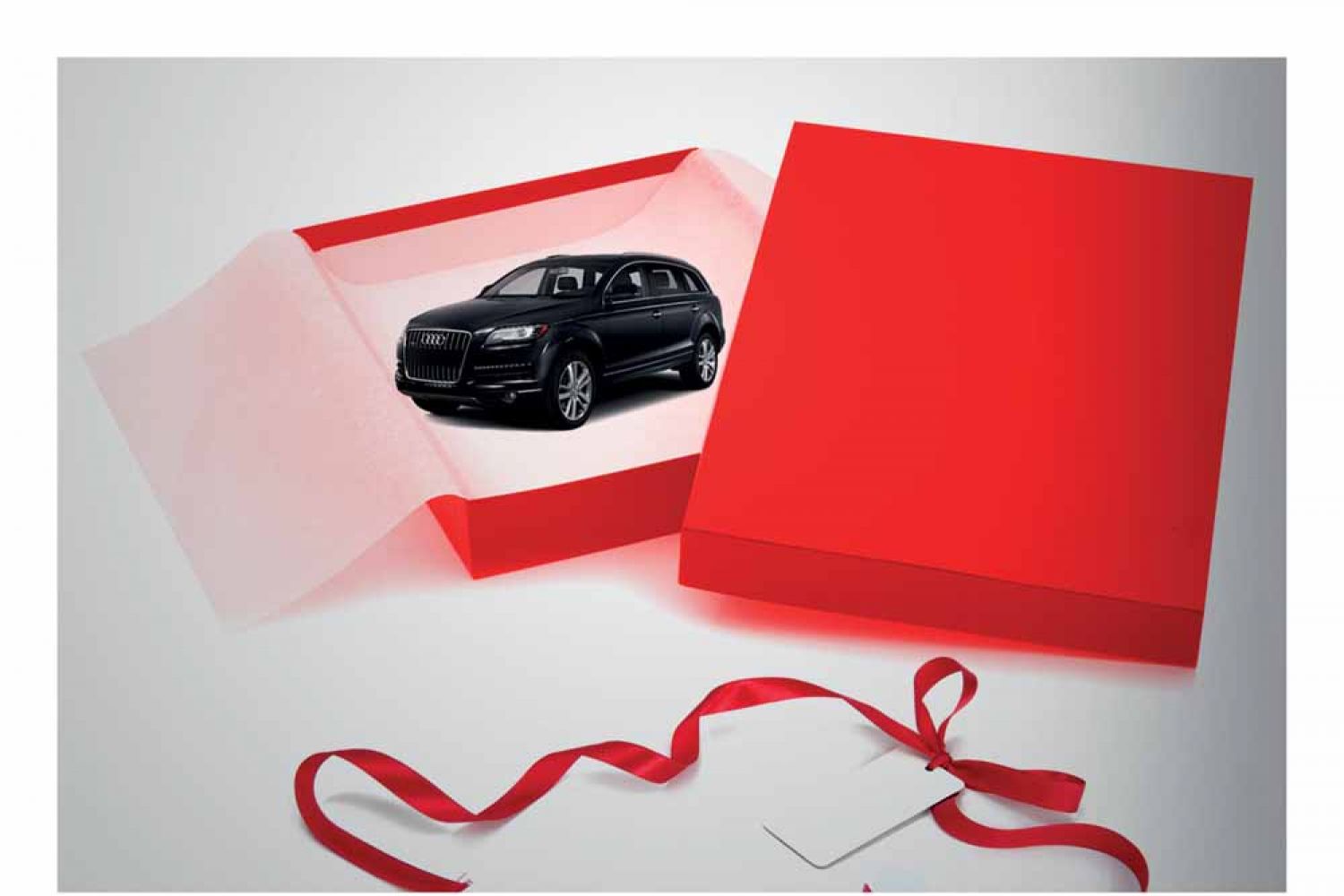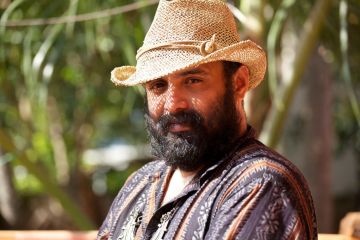
It’s a chilly February morning in Greater Noida, there is a drizzle coming down, and Vasudha, the bride is sobbing, hugging her parents before she leaves to begin a new life at the home of the groom, Narender Bhati, in Aakapur, a village 15 kilometres from her own Rabupur. But the car stinks of urine and alcohol and requires a wash first. It is taken to the cattle shed where it receives a thorough cleaning. The flowers pasted on it are washed off and the blue Audi A4 sedan reveals itself. The c





